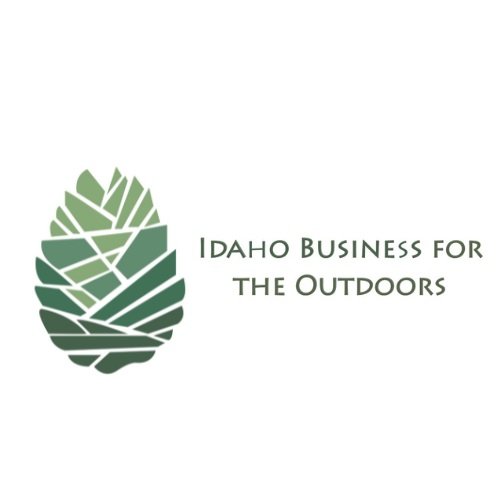An American River So Polluted It Caught Fire
It wasn’t just any fire. It was a fire on top of a river. On June 22, 1969 Cleveland Ohio’s Cuyahoga River caught fire when a spark from a train crossing a bridge fell into the river, thick with industrial waste. Smoke and flames, some as high as five-story buildings, towered over the river. It was something people couldn’t ignore. A waterway in their own city was on fire.
“It smelled like a septic tank,” he says. “It literally bubbled and produced methane in July and August. It wasn’t bad—it was terrible. You can’t describe it using printable language.” This is how a boat operator recalled his river the summer of 1969 before his river caught fire and spurred a movement that cleaned up many rivers across America.
In 1972, Congress signed into law a historic piece of legislation, The Clean Water Act, that would turn the tide of our polluted waterways and hold big polluters accountable for their actions and attacks on the health of our communities. Prior to the Clean Water Act’s (CWA) enactment, 60% of waterways in the US were deemed not “fishable or swimmable” and the Cuyahoga River was so polluted that it was literally in flames. The goal of the Clean Water Act was to restore and maintain the chemical, physical, and biological integrity of the Nation’s waters, and to return control of our nation’s waterways to the citizens of the United States as part of the public trust. Today the Clean Water Act continues to be challenged and eroded by big polluters and an increasingly lax regulatory environment.
Photo courtesy of: Trina Benson
A study released this month by Environment America Research and Policy Center and Frontier Group found nearly 60% of 4,523 beaches tested last year across the US had unsafe pollution levels that could make swimmers sick. A total of 871 beaches had to be closed. In Idaho today, 36% of streams and 55% of lakes are not fully supporting water quality standards, and an additional 31% of streams and 39% of lakes have not been assessed. Although we have a Clean Water Act today that defines contaminants of water and the total maximum daily load (TMDL) a waterway can support, an increasingly lax regulatory environment and exemptions for all non-point source pollution continue to challenge our waters in the U.S. and in Idaho. Non-point source pollution is pollution that doesn’t originate from a pipe. That includes urban and agricultural run-off into our waterways.
In an interview over a year ago, Barry Burnell, formerly the Administrator of the DEQ’s Water Quality Division, said that phosphorus loading contributed by runoff from pastures and croplands (primarily from animal waste, fertilizer runoff, and sewage treatment plant discharges) is the largest source of nonpoint phosphorus statewide and that non point source pollution was the single biggest challenge to water quality in our state. The 2016 Integrated Report by DEQ and approved by the EPA, reflects this knowledge showing elevated levels of phosphates and nitrates in many Idaho rivers. The report also shows that nearly 2,000 miles of streams/rivers in Idaho with E.coli, 3,000 miles with sediment, 3,000 miles with temperature problems, 260 miles with lead and 350 miles with mercury.
As the Clean Water Act approaches its 50th year, we need to resurrect, restore and reactivate the foundational concepts and urgency that keeps our waterways fishable, swimmable and drinkable.
The Clean Water Act has been part of the inspiration behind our summer event, Boise River: Source to Snake. Our Boise River is not on fire, but stretches of it face challenges as we contend with massive population growth, proposed mining operations at the Boise’s headwaters, and nonpoint source pollution. We need to bring agencies, NGOs, industry,community leaders and the public together to decide how we want to manage our rivers moving forward to drive the best health, business and wildlife outcomes.
While Christopher Swain, a renowned swimmer and water quality advocate, leads a journey over 150 miles of the Boise River, from its source in the Sawtooths, to its confluence with the Snake River, we will collect water samples, report on the health of our river, and interview various people about their hopes and dreams for the Boise River. Our goal is to initiate the foundational steps to incentivize community action towards achieving the goals originally put forward by the Clean Water Act in 1972, but we need your action to make waves - join us.
To view the IDEQ/EPA 2016 Integrated Report, click here.
For more information on the effects of nutrient pollution click here to visit Sourcewater Collaborative.

